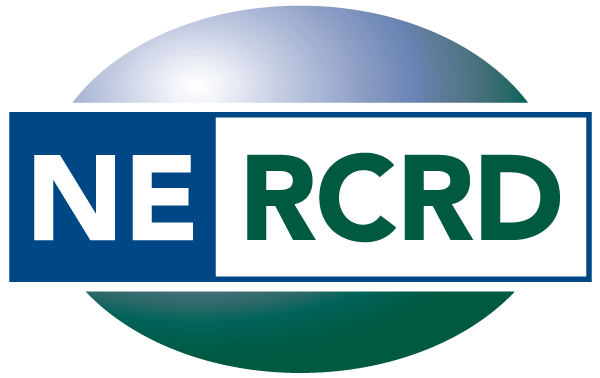TRED – Pulling it all together
February 27, 2024
by Thomas Harris, University of Nevada, Reno
(Click here to return to the TRED Table of Contents.)
Community Business Matching and the Analytical Hierarchy Process
This section provides an over view of the Community Business Matching model along with the Analytical Hierarchy Process. Specifically, the following questions are addressed: Why do we need public input in the context of targeted regional economic development? What is AHP? Why Do Community Business Matching? Why community assets? What are economic development targets? What are desirability and compatibility indices? What will the CBM process provide? And, what are the final results of the CBM process?
Why Do We Need Public Input?
Often industrial targeting approaches examine only the economic factors of economic development without input of the local residents. Without this local buy-in, the sustainability of any economic development program or target is questionable. With the recognition that community input is vital to any successful economic development plan, procedures have been developed to include community stakeholder input.
What is AHP?
The Analytical Hierarchy Procedure (AHP) quantitatively elicits the hierarchy of economic development goals of a community. In other words, alternative and often competing goals can be ranked in terms of overall societal preferences. While other procedures to obtain community stakeholder input have been developed, they are for the most part qualitative in nature. Such qualitative approaches lack the quantitative precision that yields measured community preferences for alternative economic development strategies. Trade-offs between economic, environmental and social goals are derived and ranked, and they can be used to evaluate alternative economic development targets.
Why Do Community Business Matching?
The Community Business Matching Model (CBM) assists rural communities and industries in targeting economic development strategies that meet goals of the community and needs of businesses. The CBM process derives the best matches of businesses in terms of their fit with community goals and business needs. In order to complete the CBM process, communities need to collect data on their assets and to develop economic development targets, businesses need to be questioned. Finally, desirability and compatibility indices are calculated.
Why Community Assets?
In order to achieve goals of economic development, local decision makers need to be aware of local economic, labor, physical, and infrastructure assets. By completing an asset analysis of their community, members become educated as to their local assets and shortcomings that could or need to be addressed when trying to achieve economic development goals. The CBM process uses the listing of community assets to match the community with assets desired by businesses.
What are Economic Development Targets?
After listing assets of the community, community leaders need to elicit targets for each future economic development strategy. These targets are employment growth, income targets, occupations, etc. Community leaders’ targets are matched by business assets in order to derive targeted economic development scenarios.
What are Desirability and Compatibility Indices?
Using community goals, targets, and assets and the business questionnaire, desirability and compatibility indices will be derived for targeting industries. Desirability measures how well the benefits of different businesses obtained from the business questionnaire match with the goals of the community. Community benefits provided by businesses include jobs, wages, environmental protection, and taxes. The second dimension of the CBM process is the calculated compatibility index. Compatibility measures how well community assets match the needs of businesses. Businesses will likely locate in a community that meets their needs in terms of space, utilities, labor, and quality of life.
What will the CBM Process Provide?
The best matches from the CBM process for the community are those businesses which closely meet the community’s economic development goals. Firms to be targeted are those with high desirability indices while simultaneously having high compatibility values. Also, the CBM process can help economic development practitioners by revealing low compatibility scores; this would reveal community assets that could be targeted for improvement. By improving the identified community assets, the compatibility index would increase and improve the community’s ability to target a given business sector.
What are the Final Results of the CBM Process?
Any group of citizens with a common interest in an economic development project, site, or plan can use the CBM process. It provides information to the community with information to make decisions as to types of industries to retain or attract. The CBM process does not reduce the amount of effort required to conduct a successful economic development targeting program. It does help improve the likelihood that a community will be satisfied with the results of an economic targeting plan.
Further details are provided in the accompanying edited volume (Targeting Regional Economic Development, chapter 14).
References
Cox, A., Alwang, J., and Johnson, T. (1997). Local Preferences for Economic Development Outcomes. Unpublished work in the Department of Agricultural and Applied Economics, Virginia Polytechnic Institute and State University.
